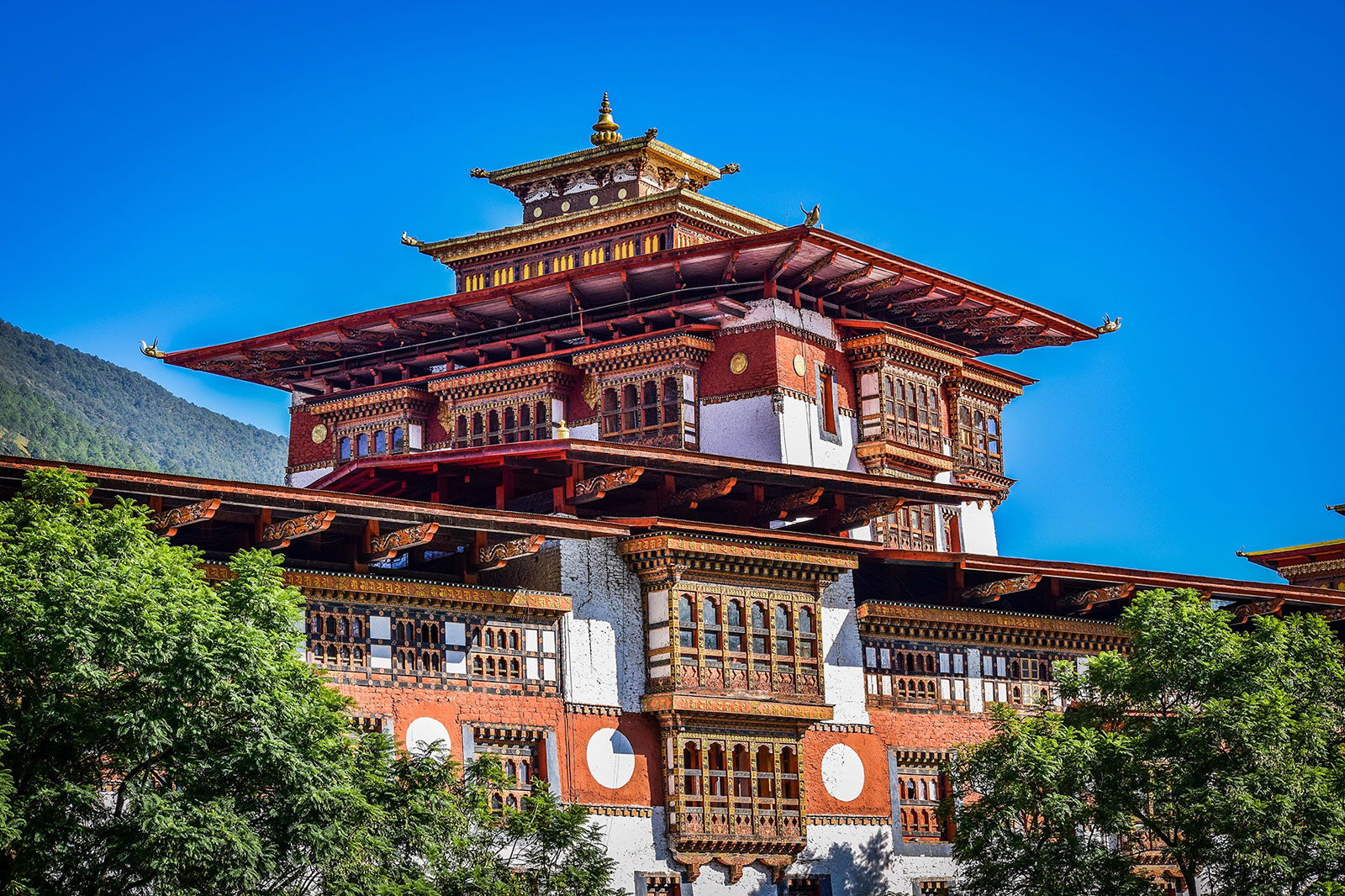 Safety concern over Tourists and local travel in Bhutan under aircraft congestion at Paro International Airport was raised in an official letter by Bhutan’s airline Drukair to the department of civil aviation (DCA). The airport has capacity to board and unload only five aircraft but just a week ago up to 14 aircraft were parked at the airport.
Safety concern over Tourists and local travel in Bhutan under aircraft congestion at Paro International Airport was raised in an official letter by Bhutan’s airline Drukair to the department of civil aviation (DCA). The airport has capacity to board and unload only five aircraft but just a week ago up to 14 aircraft were parked at the airport.
Due to want of space, Drukair still had to resort to boarding and unloading passengers and baggage at the hangar area on a few occasions, a practice both DCA and Drukair officials did not agree with, but could not avoid.
With so many aircraft on the ground, Drukair expressed concerns that better planning is required on DCA’s part, according to the airline’s CEO, Tandin Jamso. He pointed out that DCA should either restrict the amount of time private aircraft are allowed to park at the airport, or restrict how many aircraft operate to Paro at a particular time.
Observers in the aviation sector pointed out that DCA should also adopt the international airport standard of allocating slots to airlines before approval of flight schedule. An airport slot is allocating a right to an airline to schedule a landing or departure during a specific time period.
DCA chief administrative officer, Karma Wangchuk, said that aviation authority would adopt this practice prior to approving the flight schedules of Drukair and Tashi Air hereon.
Aviation sector officials pointed out that, without proper markings on the apron, used to guide vehicles servicing the aircraft, the chances of an accident occurring, especially in such congested conditions, such as a vehicle hitting an aircraft, are significantly increased.
While the maximum capacity of the apron is five aircraft, it has been pointed out that, with even four aircraft parked there, the situation is already a crowded one. On at least two occasions a week, all five aircraft are present on the apron.
DCA has been attempting to acquire the land required to expand the apron since last year. However, the area required is currently occupied by the Indian air force (IAF). Discussions have been occurring at the foreign ministry levels between the governments of Bhutan and India but as of Friday, the issue was unresolved.
“As requested by DCA and the ministry, there had been several requests made to the concerned authorities through ministry of foreign affairs, as well as ministry of information and communications,” information and communications minister, DN Dhungyel, said. “However, we’re yet to get any concrete acceptance of our request on this issue.” Lyonpo added, “We’re hopeful that something positive will come in due course of time.”
Karma Wangchuk pointed out that the passenger terminal and vehicle parking area have also reached maximum capacity, but the government has not approved its proposed budget of around Nu 9M to modify and expand these areas this year. It can be observed that, on some occasions, the queue for departing passengers even extends outside the terminal building, and vehicles are parked along the access road.
“We’ve proposed in this year’s budget to expand the car park and inside the terminal building, unfortunately the budget wasn’t approved,” Karma Wangchuk said. “Even our budget for CCTV (close circuit television) upgradation hasn’t been approved,” he added. Only four of 21 CCTV cameras at the airport are functional. A new system is estimated to cost Nu 10M. “RGoB (royal government of Bhutan) intervention is urgently required,” Karma Wangchuk said.
“When the proposal was made, the existing CCTV was fully functional although it was old,” lyonpo DN Dungyel said. “The ministry of finance perhaps didn’t find it urgent and postponed the same for the next financial year. Discussions are going on now and we’re proposing for the same again since it’s a matter of safety for the aircraft as well as the airport.”
Annual passenger traffic through Paro airport has grown at an average rate of around 20 percent in the past three years. Paro airport handled 181,659 passengers last year.









